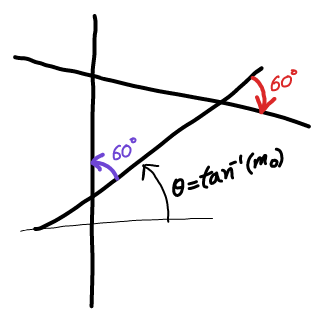
AllQuestion and Answers: Page 1807
Question Number 29093 Answers: 1 Comments: 1

Question Number 29016 Answers: 1 Comments: 1

Question Number 29018 Answers: 0 Comments: 0
Question Number 29014 Answers: 0 Comments: 3
Question Number 29007 Answers: 0 Comments: 1

Question Number 29003 Answers: 1 Comments: 1
$${find}\:\int_{\mathrm{0}} ^{\infty} \:\:\:\frac{{dx}}{\mathrm{1}+{x}^{\mathrm{3}} }\:. \\ $$
Question Number 29002 Answers: 0 Comments: 0
Question Number 29001 Answers: 0 Comments: 0
Question Number 29000 Answers: 0 Comments: 1
Question Number 28999 Answers: 0 Comments: 1
Question Number 28998 Answers: 0 Comments: 0
Question Number 28997 Answers: 0 Comments: 1
Question Number 28996 Answers: 0 Comments: 0
Question Number 28995 Answers: 0 Comments: 0
Question Number 28994 Answers: 0 Comments: 0
Question Number 28993 Answers: 1 Comments: 0
Question Number 28992 Answers: 0 Comments: 0
$${L}\:{means}\:{laplace}\:{transform}\:{find}\:\:{L}\left({e}^{{at}} \right)\left({s}\right). \\ $$
Question Number 28991 Answers: 1 Comments: 1
Question Number 28990 Answers: 0 Comments: 0
Question Number 28989 Answers: 0 Comments: 1
Question Number 28988 Answers: 0 Comments: 0
Question Number 28987 Answers: 0 Comments: 0
Question Number 28986 Answers: 0 Comments: 0
Question Number 28985 Answers: 0 Comments: 0
Question Number 28984 Answers: 0 Comments: 0
Question Number 28983 Answers: 0 Comments: 0
Pg 1802 Pg 1803 Pg 1804 Pg 1805 Pg 1806 Pg 1807 Pg 1808 Pg 1809 Pg 1810 Pg 1811
